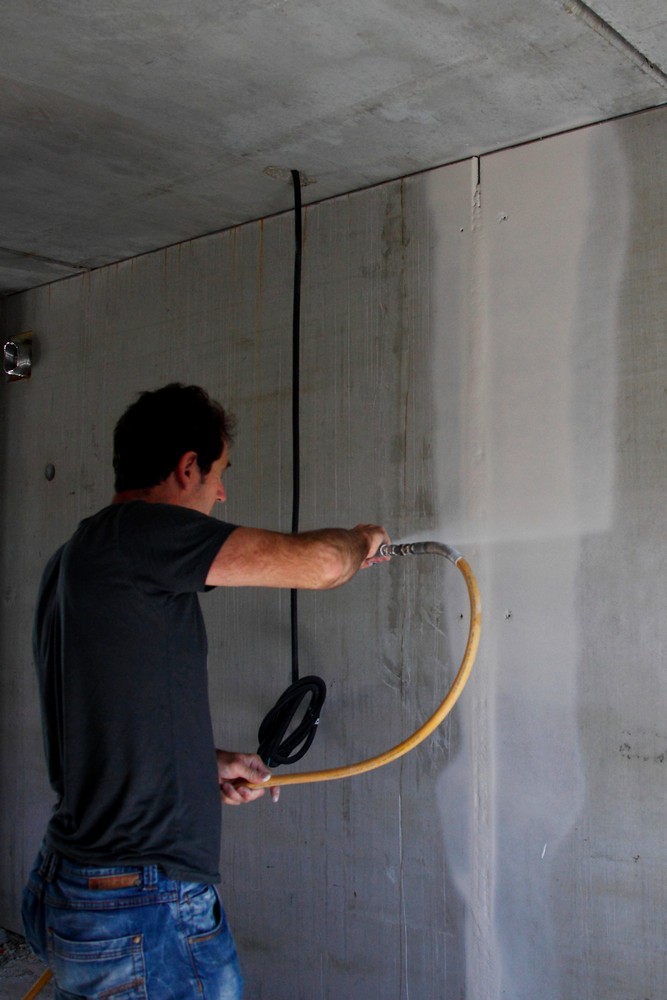
Plaster of Paris is a type of gypsum plaster that is the most widely used plaster in the world. The aggregate is most often sand or fine silica sand but may also contain small amounts of lime, cement, or asphalt. Gypsum plaster consists mainly of gypsum and water with aggregate used to improve its physical properties. Gypsum plaster is a composite material formed when calcium sulfate hydrates, also known as gypsum, are mixed with water and aggregate. This type of plaster is commonly used on interior walls because it has a smoother finish than many other types of plaster. It is used in the same manner as plaster of Paris, but it is easier to use and makes a lighter-weight wall than plaster of Paris. Gypsum plaster is similar to plaster of Paris but contains a different type of gypsum that doesn’t shrink as much when it dries. However, it shrinks as it dries and cracks may occur in the plaster due to this shrinkage, especially if there is a difference in temperature between the inside and outside of the building.


It dries quickly and is reasonably strong when dry. It is easy to apply and can be tinted if desired. Plaster of Paris is the most commonly used material. There are several materials used in plastering. It is often confused with plastered walls, but the difference between the two techniques is that skim coating only involves applying a thin layer to the top. Skim coating is a process that involves applying a thin layer of plaster to the surface of a wall or ceiling.
#Cost for skim coating ceiling professional
Skim coating plaster is a simple and inexpensive solution to create a smooth, professional finish. Skim coat plastering walls and ceilings to give a smooth finish.


 0 kommentar(er)
0 kommentar(er)
